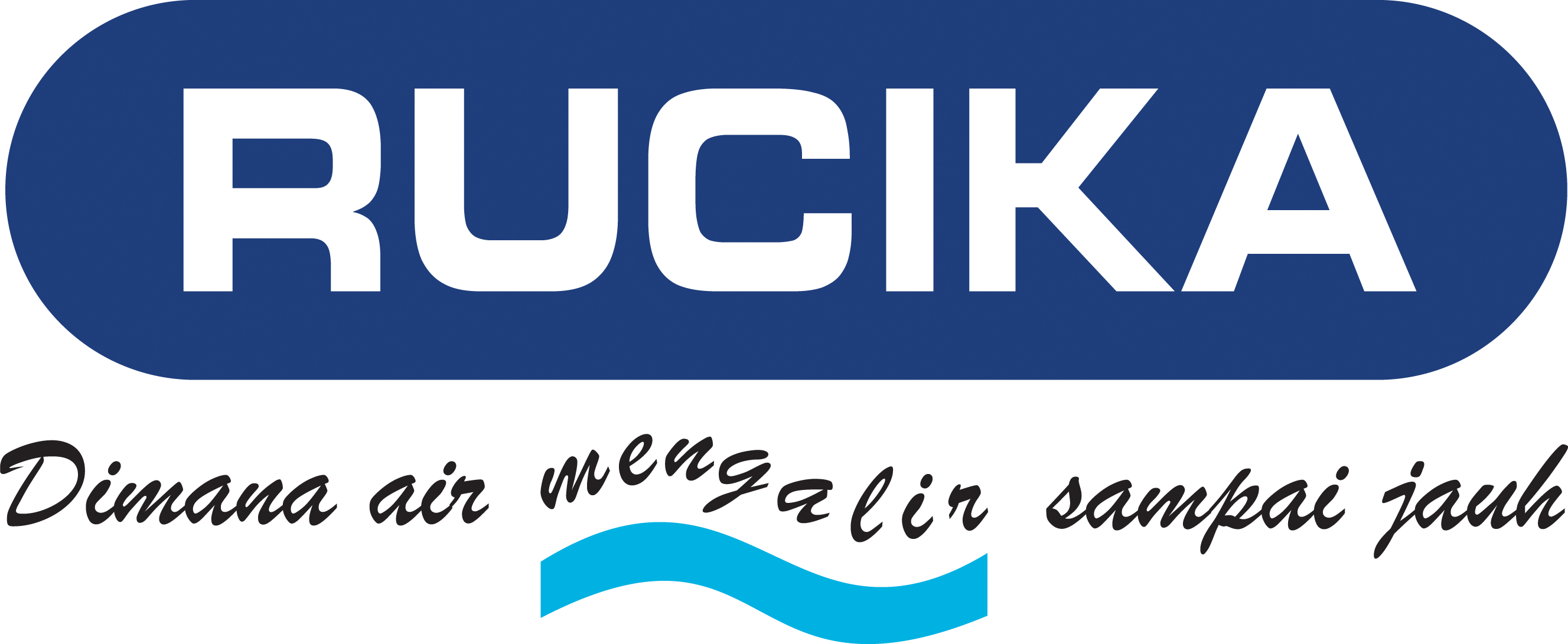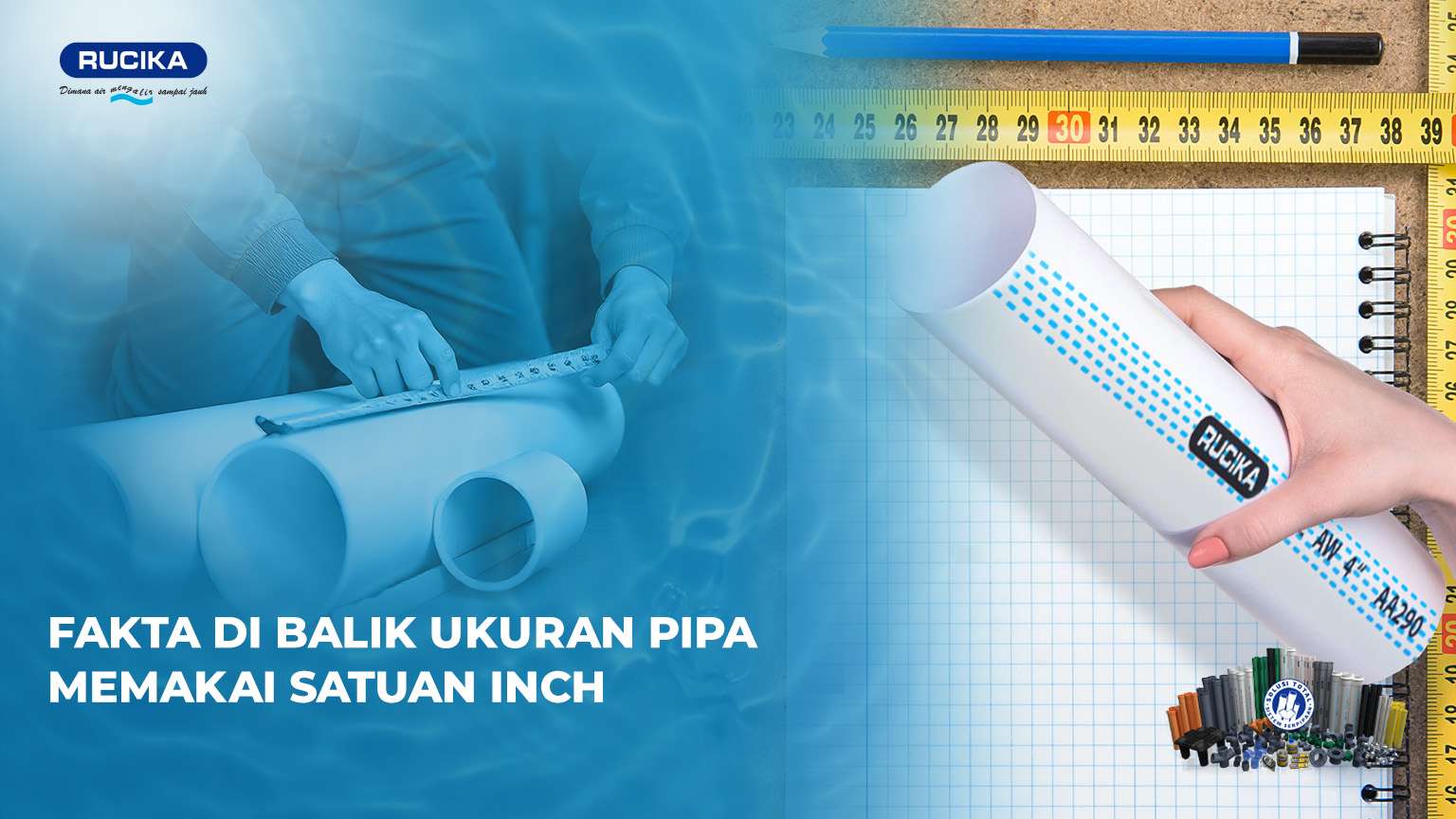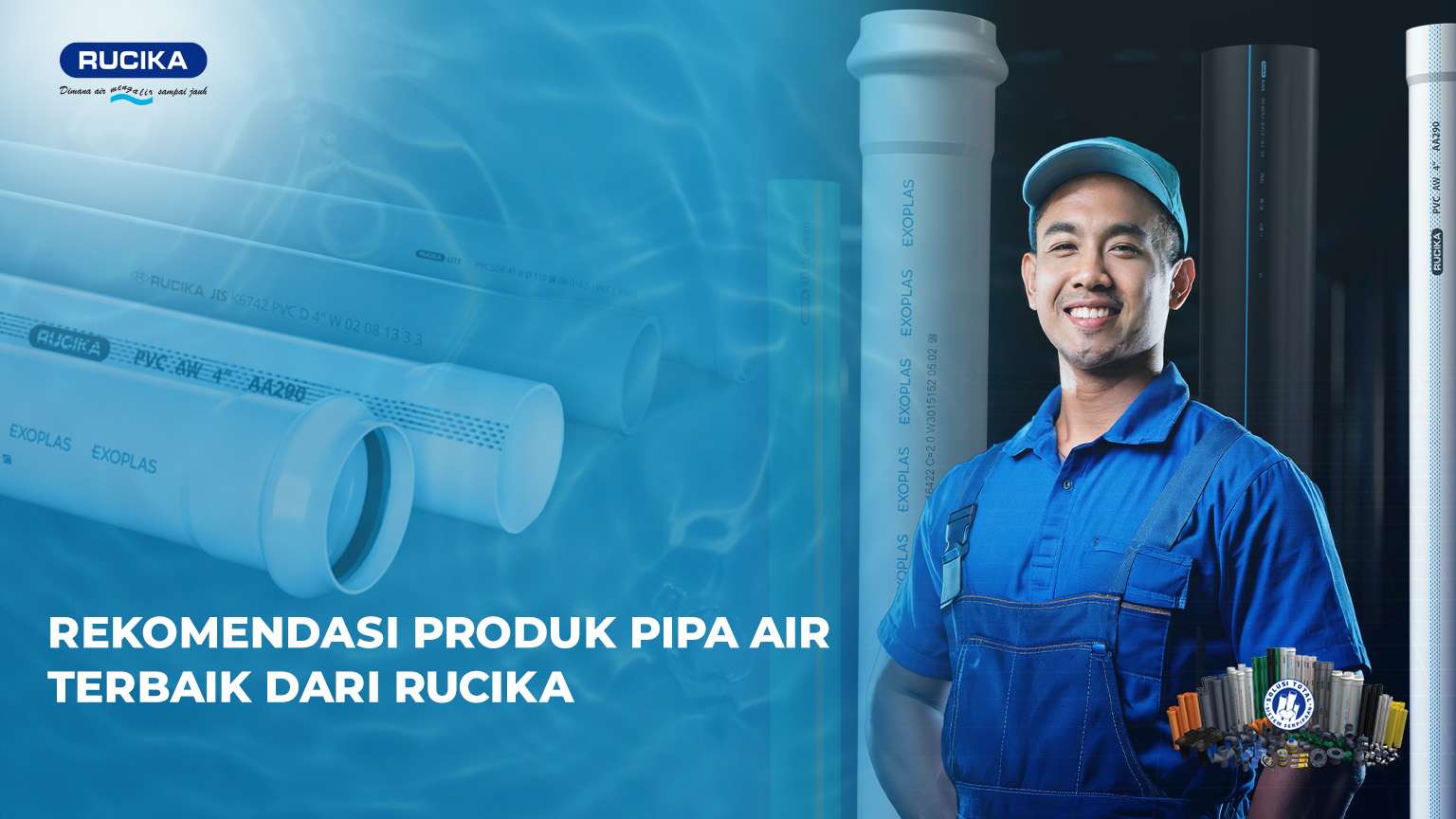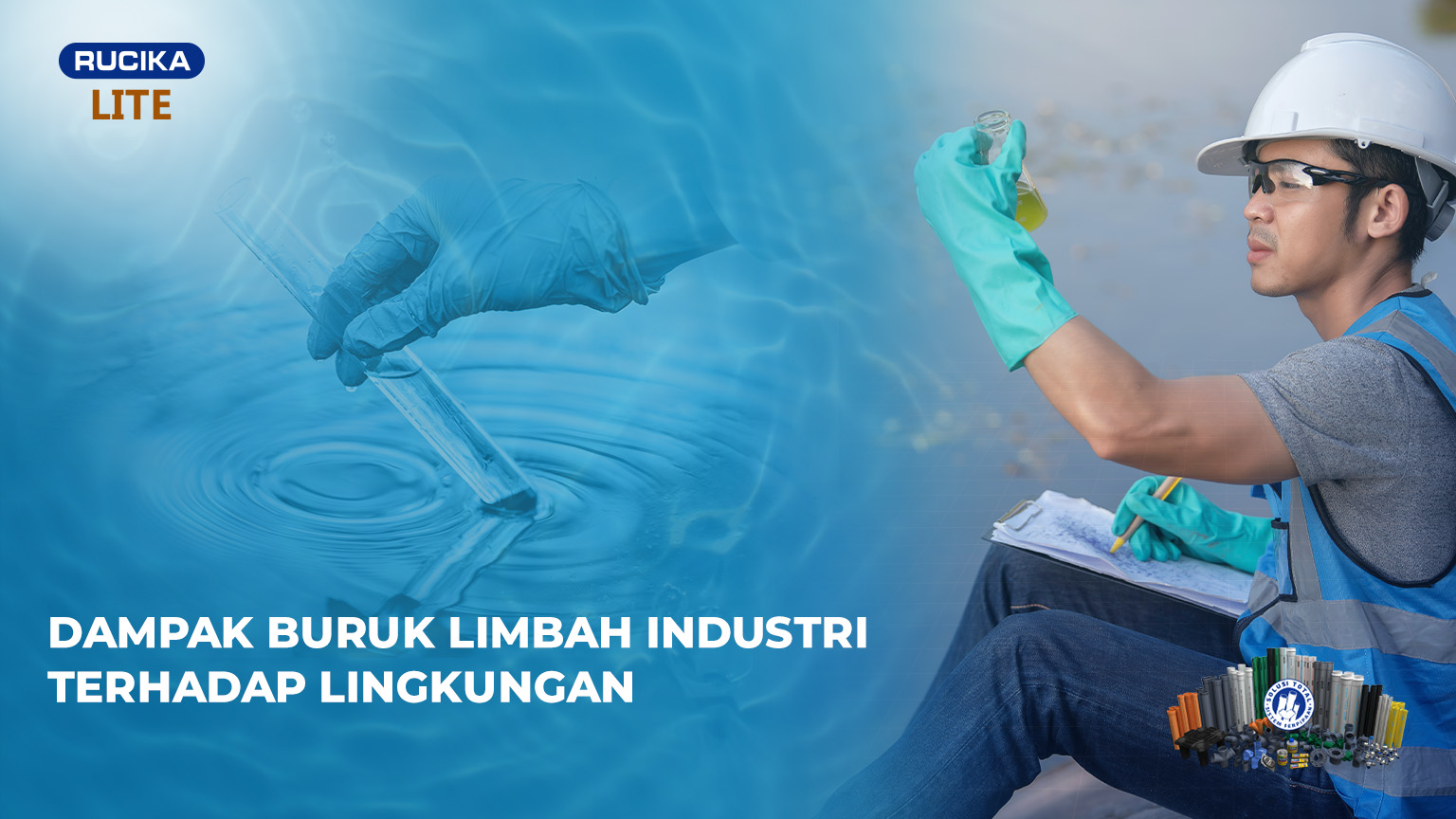Every day we do activities using clean water starting from bathing, washing, cooking, and etc. But do you know how long the journey that must be passed by clean water starts from its source which is in the spring, river, lake, or mountain to get to our home? Let’s follow the explanation in the article below
water from PDAM that originates from water sources may not necessarily be used directly for clean water needs in buildings. The water must first meet the quality, quantity and continuity requirements. To maintain the quality of the raw water, usually, the water will undergo a treatment process. This processing can generally be done in 3 ways: physics, chemistry, and biology. Physical processing is usually done by utilizing the food properties of water without the addition of chemicals. Examples of its application are precipitation, adsorption, filtration, etc. Chemical processing, of course, with the addition of chemicals such as alum, chlorine, etc. which is usually to set aside heavy metals contained in water. While biological treatment by utilizing certain microorganisms that can help clear water.
PDAMs in Indonesia generally use physical and chemical water treatment plants. Basically, water treatment is divided into 3 parts, namely:
- Intake Building
As the name, this building serves as the first place for the entry of water from water sources. This building is equipped with a screen bar that functions to filter out foreign objects contained in water. Furthermore, water will enter a large tub before being pumped to the water treatment plant.
- Water Treatment Plant
WTP is the main installation of clean water treatment. There are several parts of treatment at STP that make water suitable for use. As for the section:
- Coagulation
The first part is known as coagulation. In this tub, the water will be destabilized from colloidal particles/impurities. The destabilization process can be carried out chemically by adding alum (aluminum sulfate) or by physical means, namely by rapid mixing, hydraulic (jump or hydraulic jump), and mechanically (stirring rod) so that alum is mixed evenly with water.
- Flocculation
The next process is flocculation to form and enlarge floc (collection of impurities). The process is that the water will be stirred slowly so that alum mixed with water can bind the dirt particles and form a larger floc to make it easier to settle.
- Sedimentation
After the floc is formed (usually in the form of mud), water will enter the sedimentation tank where the heavier specific flock density will automatically settle to the bottom of the tub and clean water can be separated from the mud.
- Filtration
After the water is separated from the mud, the water will be filtered again so that it is completely clean by being put into a filtration bath. Filtration tanks can use membrane technology, but can also be substituted with other media such as sand and silica gravel. This process is carried out with the help of gravity force.
- Disinfection
After the treatment process is complete, additional processes (disinfection) are usually carried out in the form of chlorine addition, ozonation, UV, slicing, etc. to avoid the potential for germs and bacteria contained in the water.
- Reservoir
After the water has been treated, the water will be put into a temporary shelter in the reservoir before being distributed to houses and buildings. To drain water, HDPE pipes and PVC pipes.
To further save on development and operational costs, the cost of a Water Treatment Plant (IPA) is built in a high enough area (hill or mountain) so that it can save the use of water pumps because it can be flow with gravity. To reach a wider area usually, the water will be collected again in reservoirs in each area before being pumped into houses and buildings.flow
KAR
Reference source:
- clean water treatment installation articles
- planning and development analysis articles





